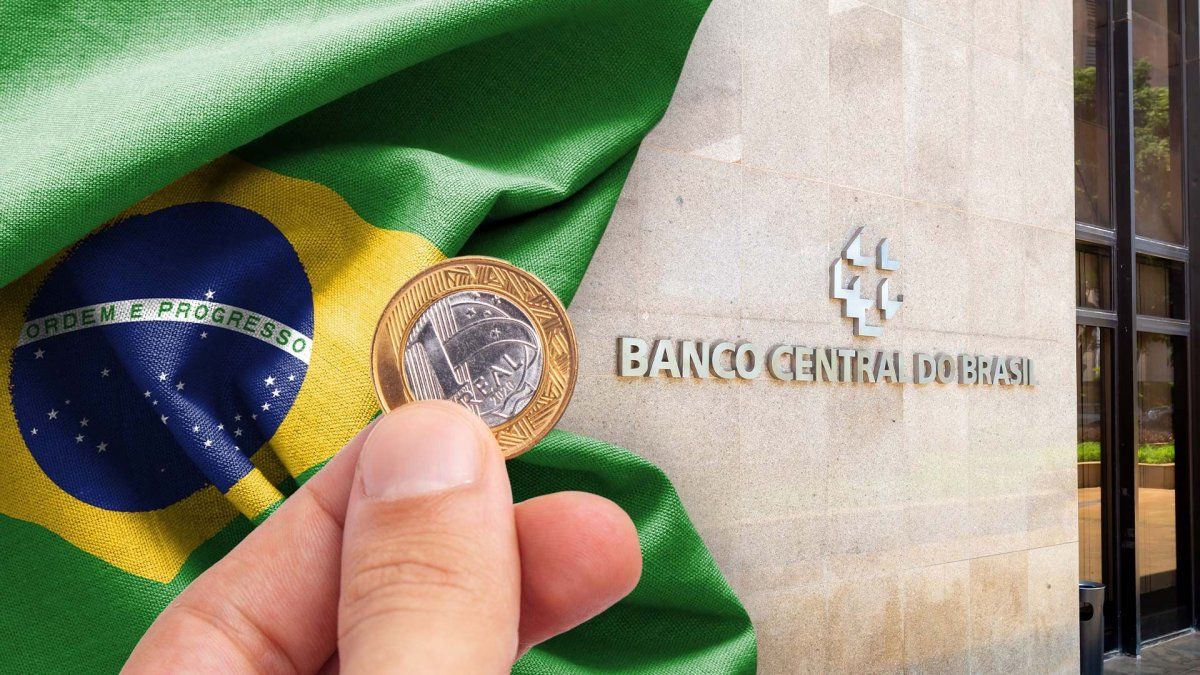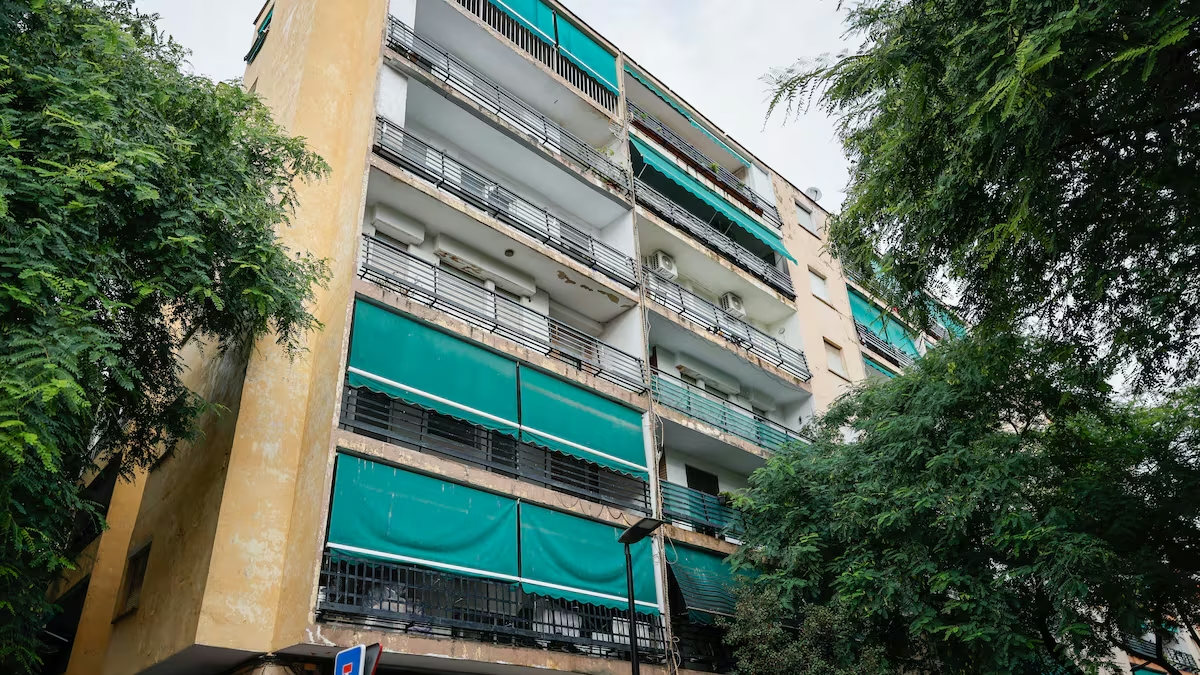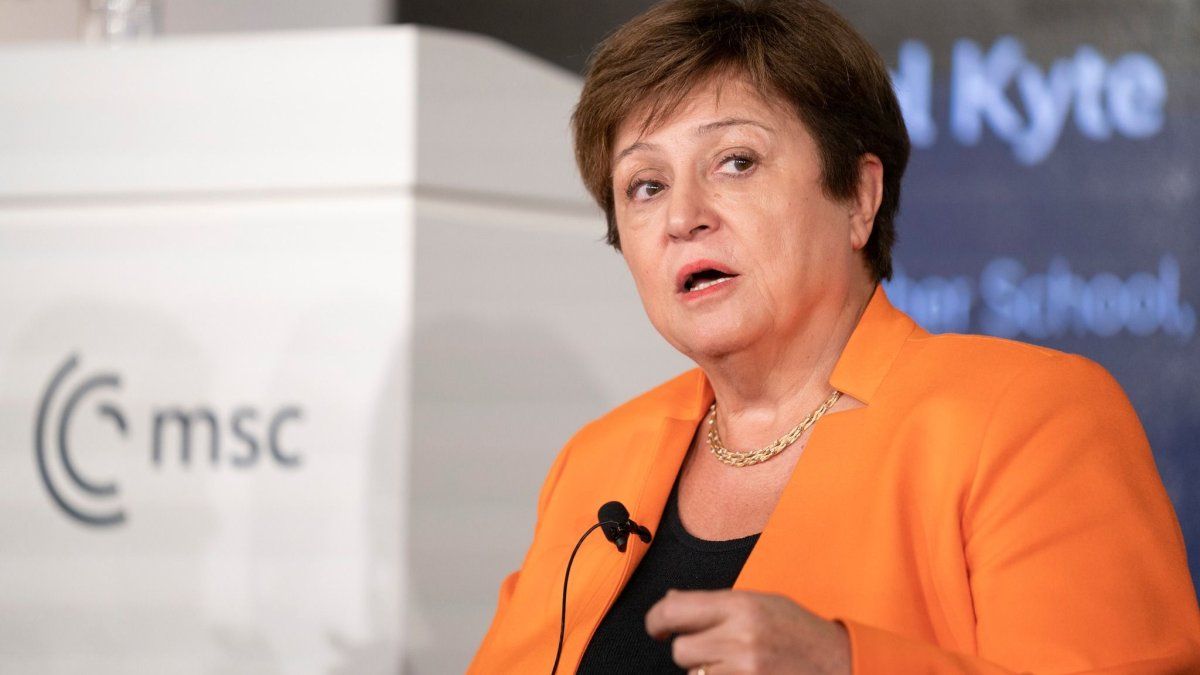The survey, which gauges market perceptions of economic indicators, showed the estimate for price increases rose for the eighth consecutive week, from 4% the previous week. For 2025 there was also an increase of 0.02 percentage points, to 3.9%, while for the following two years the estimate remains respectively at 3.6% and 3.5%..
The central objective for inflation is 3%always with a tolerance margin of 1.5 percentage points up or down.
Real vs. dollar and a problem for Argentina
The weekly survey that encompasses the opinion of some One hundred economists also showed a greater depreciation of the real, with the dollar valued at 5.20 and 5.19 reais in 2024 and 2025from 5.15 reais in both cases the previous week.
Last Friday, The dollar soared again and reached 5.60 reais during the sessionclosing the day with a rise of 1.50%, to 5.5907 reais in sales, the highest closing value since January 10, 2022. On Monday, July 1, the Brazilian currency depreciated another 1.01%, to 5.64 units per dollar.
Regarding monetary policy, Specialists continue to see the Selic base interest rate closing 2024 at the current level of 10.5%, falling to 9.5% next yearFor Gross Domestic Product (GDP), the growth estimate remained at 2.9% this year, but fell to 2% next year.
The real celebrates 30 years of existence this Monday (1st), being considered one of the most successful economic plans in history, although, compared to the current scenario, The currency lost much of its purchasing power, depreciating more than 40% since its implementation.
What about the real one?
According to Brazilian press reports, Brazil abandoned parity with the dollar in 1999, resulting in a sharp depreciation of the South American giant’s currency. In a short time, the exchange rate was already R$ 2 for each dollar, reaching more than R$ 4 during the 2002 elections, with Lula da Silva leading the race.
Brazilian real soars 1.2% ahead of presidential election
Since the creation of the real, the rate has risen more than 500%, reaching R$ 5,657 on sale last Friday (28)If the exchange rate had followed the inflation rate of these 30 years, according to Folha, one dollar would be worth R$ 3.81, meaning that the Brazilian currency suffered a real depreciation of 42.78%.
Despite the strong loss of purchasing power that the real has had since its creationspecialists are practically unanimous in defending the importance that the plan had in getting the country out of hyperinflation and in the economic improvement of the last 30 years.
What is the impact on Argentina?
And as he explains well, Ambit The analyst and operator of foreign exchange brokers, Gustavo QuintanaThe real is falling against the dollar due to complications in the Brazilian economy.
However, for the expert due to the cepo effect, “There is a certain immunity to what happens with other regional currencies”This, according to Quintana, is because exchange rate restrictions isolate Argentina from the sudden movements of other regional currencies. “I don’t see any connecting vessels between these variables at the moment”concludes the analyst.
For its part, Andres Reschinianalyst at F2 Financial Solutions, The USD/BRL exchange rate has accumulated +15.5% so far this year vs. 13% for the Argentine pesoAnd as such, he explains, “Brazil is our main trading partner and has begun to relax monetary policy,” which is why it is facing low agricultural commodity prices, just like Argentina.
Furthermore, a fiscal policy with a higher level of spending is expected. “The weakening of the real against the peso may generate a further deterioration in the trade balance and therefore make it difficult to accumulate reserves at a time when Argentina needs to rebuild the BCRA’s reserve position,” warns Reschini, who concludes, “Therefore, it may put more pressure on the exchange rate.“.
For other strategists, the more the real depreciates, the more pressure there is for the peso to depreciate as well. Otherwise, Argentina would become expensive for Brazilians.: a strategic partner for the country.
The devaluation of the real accelerates the already marked appreciation of the pesocould be increasing the expectation of local devaluation that has gained strength in recent days and in that sense could delay the liquidation of foreign currency by the agricultural sector. That effect would reduce supply in the CCL market which was in high demand due to the blended dollar and would generate upward pressure in this way.
Analysts often explain that what the devaluation of the real does is affect the bilateral RER and also the RMER. In this way, The products that Brazil offers to the world become more attractive and compete with those of ArgentinaThis could put pressure on the peso, which is supported by a high level of restrictions, and adds some tension to the exchange rate gap.
Source: Ambito
I am a 24-year-old writer and journalist who has been working in the news industry for the past two years. I write primarily about market news, so if you’re looking for insights into what’s going on in the stock market or economic indicators, you’ve come to the right place. I also dabble in writing articles on lifestyle trends and pop culture news.




